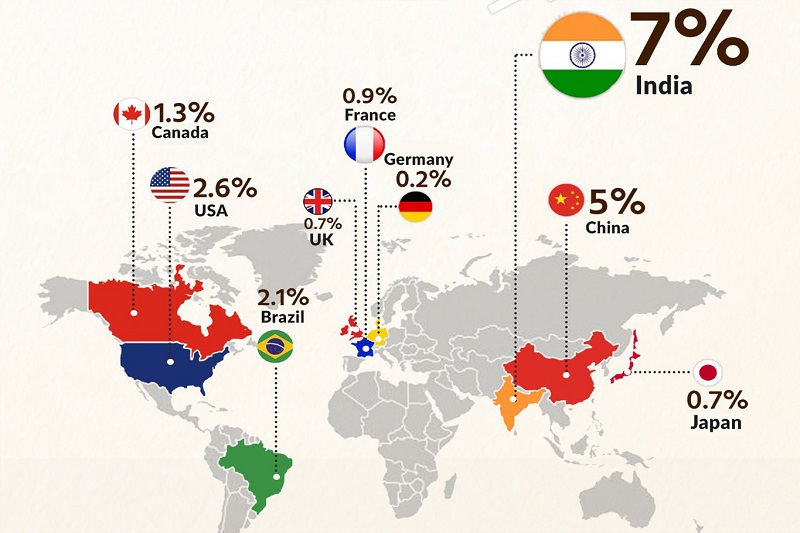
The World Bank has revised its economic growth forecast for India, increasing it from 6.6% to 7% for the 2024-25 financial year. This upward revision is largely attributed to higher-than-expected agricultural output and policies designed to stimulate employment growth, which are driving strong private consumption. The World Bank shared these insights in its South Asia Growth Forecast report, published on October 10.
Several global rating agencies and multilateral organizations have also adjusted their growth estimates for India. In July, the International Monetary Fund (IMF) raised India’s growth projection for 2024 from 6.8% to 7%, reinforcing India’s position as the fastest-growing economy among emerging and developing markets. Similarly, the Asian Development Bank (ADB) in September forecasted India’s growth at 7% for FY2024, expecting it to rise to 7.2% by FY2025. ADB emphasized that a favorable monsoon would boost agricultural production, thus strengthening the rural economy.
Previously, the World Bank had highlighted domestic demand and the rise in India’s working-age population as crucial factors supporting its positive growth outlook. Additionally, the overall economic growth in South Asia is anticipated to reach 6.4%, surpassing earlier estimates and ensuring the region maintains its status as the fastest-growing globally.
On a national level, the Reserve Bank of India (RBI), in its recent monetary policy review on October 9, reaffirmed India’s GDP growth forecast at 7.2% for FY2025. RBI Governor Shaktikanta Das noted that this growth would be sustained by strong performances across multiple sectors each quarter.













